Scalable automation keeps factories humming, safety intact, and systems compliant. Keep reading to explore key PLC programming best practices tailored for growth with AHE Automation, the experts in automation.
Start with Clean, Modular Code
Clean code is the backbone of scalable PLC systems. Use modular programming, like function blocks and reusable routines, to ensure consistency and ease of maintenance. For build‑to‑print services, this approach allows repeatable, documented deliverables that align with exact client specifications.
Audit your PLC code now. Identify duplicates and break monolithic programs into reusable modules.
Adopt Naming Conventions and Version Control
A clear naming convention for I/O, tags, and routines makes collaboration seamless. Version control tools (e.g., Git, SVN, or even PLC-specific systems) safeguard changes and maintain history. When you’re delivering build‑to‑print services, documented version history is essential to auditability and traceability.
Establish a naming and versioning policy today. Train your team to commit and log changes regularly.
Implement Structured Testing and Validation
Testing PLC code in a safe, simulated environment helps catch issues early. Use unit tests, simulation platforms, and HMI overlays to validate logic. Tie-ins with build‑to‑print services should include documented validation reports that mirror your delivered spec sheet.
Set up scheduled testing cycles, and run validation before every code release.
Ensure Safety, Compliance, and Documentation
Safety and regulatory compliance aren’t optional. Embed interlocks, emergency stops, alarm logging, and fail-safe routines. Secure code to enforce access control. Generate comprehensive documentation (logic descriptions, operation guides, wiring diagrams) to support build‑to‑print deliverables and audit requirements.
Perform a risk-assessment review to confirm all safety mechanisms are coded and documented.
Design for Scalability and Maintainability
Build PLC systems that grow. Use parameterized programs and configurable I/O ranges so adding new lines, modules, or sensors requires minimal rework. That’s especially important in build‑to‑print services: your deliverables should be adaptable by design.
Identify the top 3 expansion scenarios, and modify your code base to support scalability now.
Train Personnel and Share Knowledge Continuously
A scalable PLC system needs a knowledgeable team. Offer training sessions, code walkthroughs, and create detailed SOPs. With build‑to‑print services, these become part of your package—helping operators and maintenance staff achieve consistent results.
Organize a quarterly training session. Cover modular code, safety features, and version control for new staff.
Leverage Analytics & Feedback Loops
Modern PLC systems can log inputs, outputs, and performance metrics. Use this data to detect anomalies, optimize timing, and plan preventative maintenance. Providing analytics-ready build‑to‑print deliverables gives customers ongoing insight into system performance.
Hook up trending or logging features this week, and use data to drive a small optimization project.
Build‑to‑Print Services and Scalable PLC Programming
When delivering build‑to‑print services, your end-to-end scope covers detailed documentation, source code, parts lists, and finished programs ready for deployment. By applying the above best practices, you ensure that your build‑to‑print packages are robust, repeatable, and future-proof.
Review a recent build‑to‑print project, then benchmark it against these standards and update any gaps.
AHE Automation: Your Partner in PLC Excellence
With over 50 years of experience, AHE Automation delivers full-spectrum automation solutions, from control systems and custom machines to PLC programming that’s safe, scalable, and compliant. Our build‑to‑print services ensure every system comes with complete documentation, code, drawings, and operational support, making scale-ups and audits a breeze.
Scalable automation isn’t just about adding capacity, it’s about planning, documentation, safety, and maintainability at every step. Integrating modular code, testing, compliance, and knowledge-sharing lays the groundwork for systems that stand the test of time.
Ready to future-proof your automation? Contact us at AHE Automation now to get started with smart, scalable PLC systems built for tomorrow!
